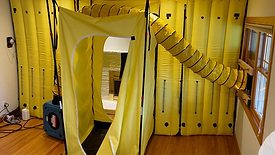Guest Columns
Leveraging Technology to Automate Your Restoration Customer Journey
The Benefits and Building Blocks
Read More
Restoration Sales and Marketing Pros, What is Your Personal Brand?
Stand Out From the Competition With an Authentic Message
Read More
Daring to Be Wrong: Why Divergence Drives Dividends
Scaling Your Restoration Business Is a Lot Like Moving
Read More
Stay ahead of the curve with our eNewsletters.
Get the latest industry updates tailored your way.
JOIN TODAY!Copyright ©2025. All Rights Reserved BNP Media.
Design, CMS, Hosting & Web Development :: ePublishing



















